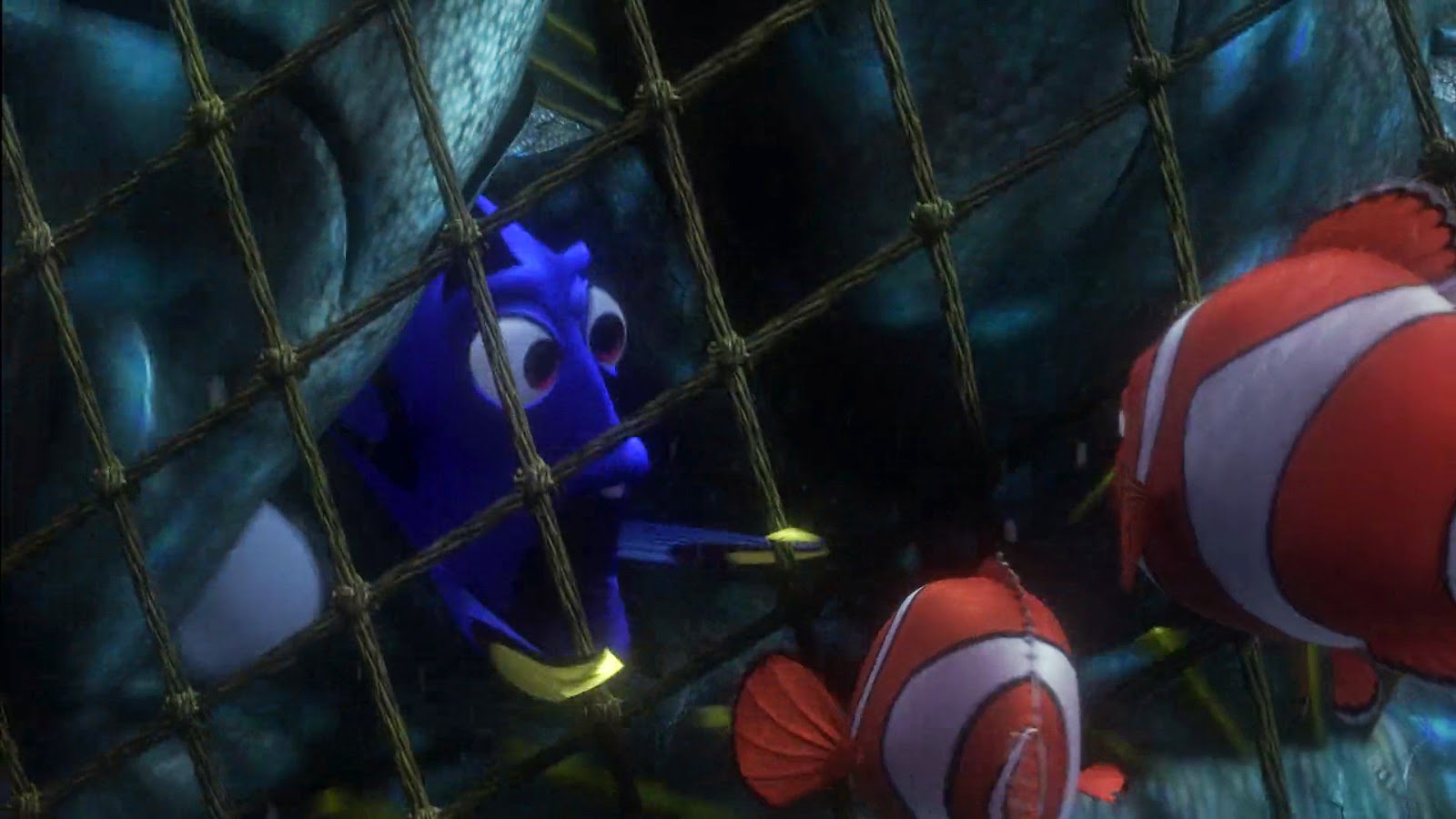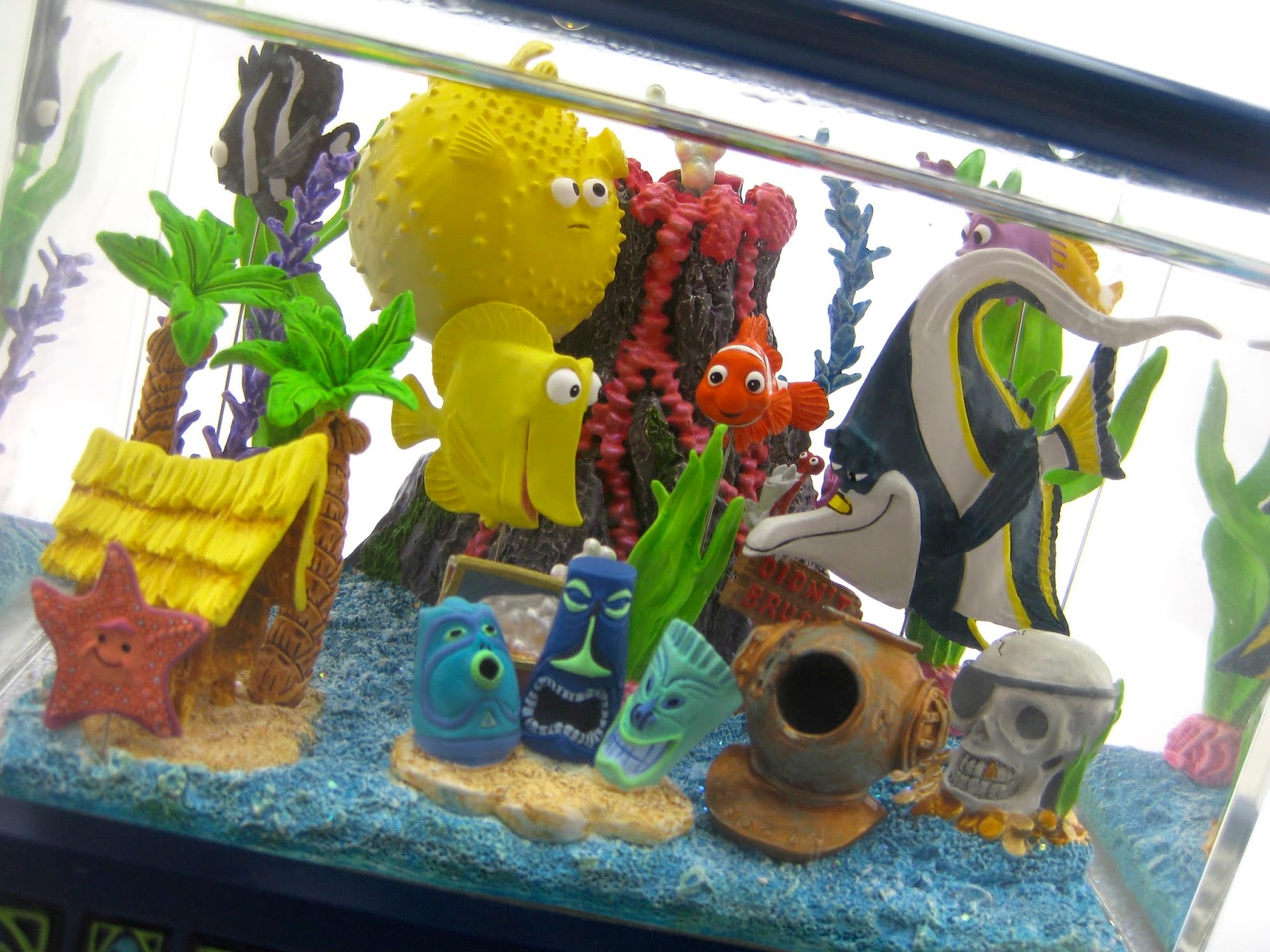

With less complex internal systems, it’s easier for researchers to learn how one small change affects the rest of a body system. Zebrafish are one of the most common species of fish used in research.

Here at IUB, researchers have studied knife fish to understand how they communicate through water, and another lab did comparative research on FanTail Darters in aquaria and in the wild to understand their behavior, mating preferences, and how the surrounding environment may influence these preferences. Through research, these fish have taught us a lot about gene expression and disease, how biodiversity relates and ecosystem health, and memory and spatial cognition. The most common species used in labs is the zebrafish, whose transparent embryos allow for detailed study of development, but a wide range of species, from goldfish to sharks and rays, are used in research. They are often small, relatively easy to care for, and their simple lives allow for controlled experiments to be done quickly and easily. Image Credit: Pixabayįish are used in all kinds of research, from biology and medicine to behavior and cognition. How and why do scientists use fish in research anyways? Not just a cute film character, clownfish are often used in research. Although we cannot know the fate of home-kept fish, for fish used in scientific research, there are specific rules for ethical treatment and proper care for fish of all kinds. However, many millions of fish are kept in tanks in the real world, for both recreation and research. Image Credit: Disney’s Finding Nemo on GIPHY the final scene from Finding Nemo, where the freed fish are unsure what comes next.
#Finding nemo fish tank real life movie#
The movie is fraught with humor about “tank life” for Nemo and his new friends, who ultimately escape to the ocean, to a final line of “Now what?” Obviously, Disney’s creative fiction is just that - fiction.

We are all familiar with the plot of Finding Nemo : a scuba-diving dentist takes a small clownfish, Nemo, from a reef, keeps him in a fish tank in his office, and Marlin (Nemo’s father) goes on a whirlwind adventure to rescue his son.


 0 kommentar(er)
0 kommentar(er)
